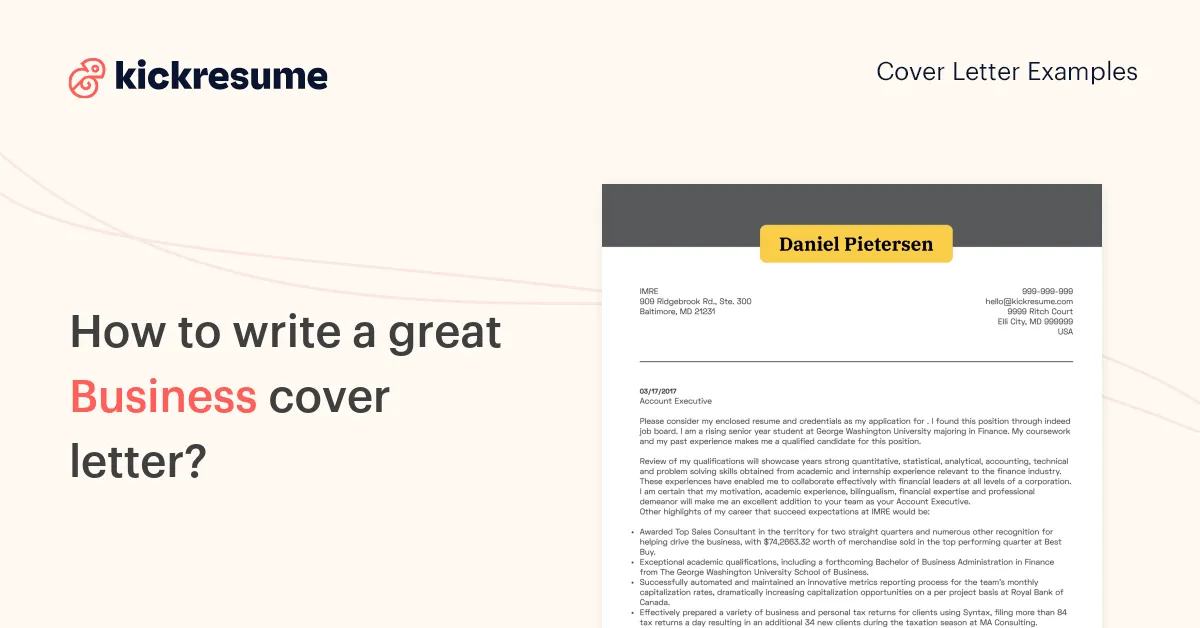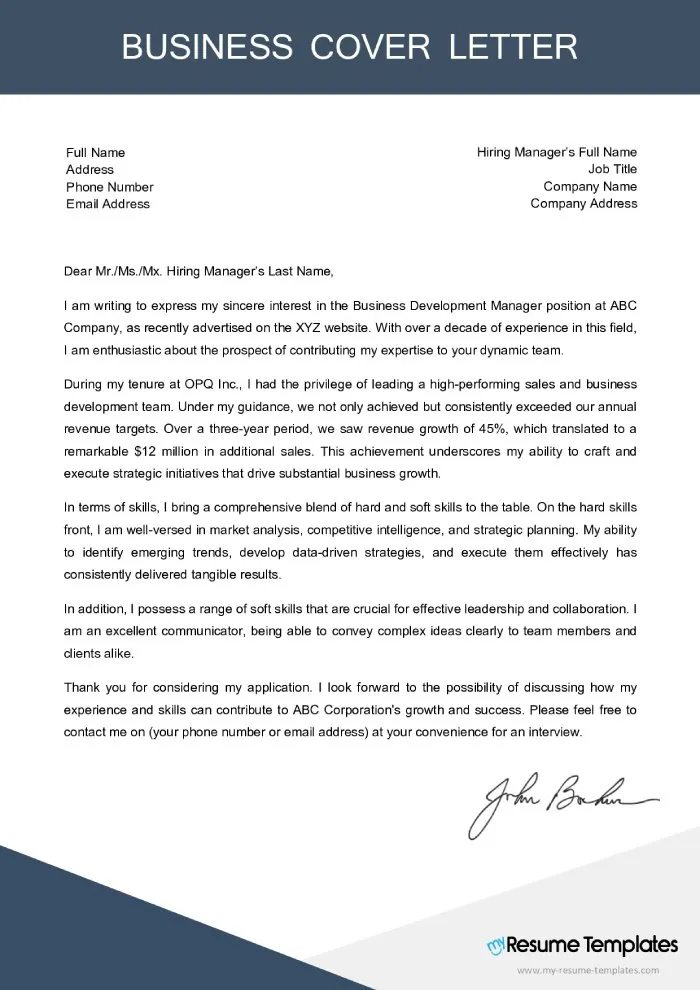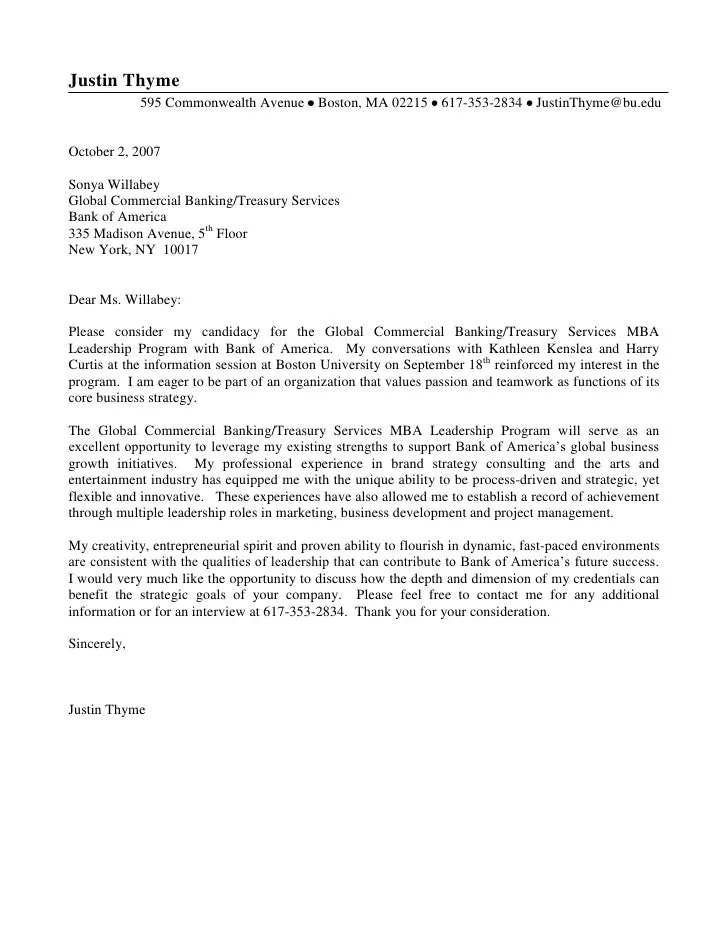What is a Resume Cover Letter (and Why You Need One)?
A resume cover letter is a crucial document that accompanies your resume when applying for a job. Think of it as your personal introduction, a chance to showcase your personality, express your enthusiasm for the role, and elaborate on the experiences and skills highlighted in your resume. Unlike your resume, which provides a factual overview of your qualifications, the cover letter allows you to tell a story, connecting your skills to the specific requirements of the job and explaining why you’re the ideal candidate. In today’s competitive job market, a well-crafted cover letter can significantly increase your chances of landing an interview. It demonstrates your communication skills, attention to detail, and genuine interest in the position and the company. A cover letter also provides an opportunity to address any potential gaps in your resume or explain career transitions, making it an indispensable tool in your job search arsenal.
Key Components of a Compelling Cover Letter
A compelling cover letter is more than just a regurgitation of your resume; it’s a carefully crafted narrative that captures the reader’s attention and demonstrates your suitability for the role. Several key components are essential to creating a successful cover letter. First, you need a strong and engaging opening that immediately grabs the hiring manager’s attention. This could be a brief anecdote, a statement of enthusiasm for the company, or a reference to a mutual connection. Next, you must clearly highlight your relevant skills and experiences, connecting them to the job requirements. Provide specific examples that showcase your achievements and demonstrate your ability to deliver results. Be sure to tailor your letter to each specific job you apply for by referencing the specific responsibilities and requirements outlined in the job description. Finally, conclude with a call to action, expressing your eagerness for an interview and your contact information.
Your Contact Information and the Date

Begin your cover letter by including your contact information at the top. This should typically include your full name, phone number, email address, and optionally, your LinkedIn profile URL. This information makes it easy for the hiring manager to reach you. Following your contact information, include the date you are writing the letter. Ensure the date is formatted correctly and consistent with the style used throughout the rest of the document. This information ensures the letter is properly dated, showing when you wrote it and when the application took place. Using the right format, such as Month Day, Year or Day Month, Year will help the hiring manager to understand how you want your cover letter to be read.
The Hiring Manager’s Information
Whenever possible, address your cover letter to a specific person. Research the hiring manager’s name and title through the company website, LinkedIn, or by contacting the company directly. Addressing the letter to a specific individual shows that you’ve taken the initiative to learn more about the company and the role, demonstrating a genuine interest. If you cannot find a specific name, use a professional salutation such as “Dear Hiring Manager” or “Dear [Department] Team.” Avoid generic greetings like “To Whom It May Concern,” as this can make your letter feel impersonal. Use the correct title and spelling of the name, as it can make a positive impression. If you are uncertain, it’s better to use a general greeting rather than making a mistake. Always ensure the spelling and formatting are accurate.
Opening with Impact
Your opening paragraph is your first chance to make a lasting impression, so make it count. Begin by expressing your interest in the specific position and the company. Show enthusiasm and explain why you are excited about the opportunity. Briefly mention how you learned about the position and what specifically attracted you to it. You could also mention a mutual connection if you have one. Avoid generic phrases, instead, tailor your opening to the specific job requirements and the company’s values. Some options include mentioning your most relevant skill, a significant achievement from a previous role, or a brief anecdote that relates to the job. Consider using a strong opening statement that captures the hiring manager’s attention immediately.
Highlighting Your Skills and Experience

The body of your cover letter should clearly demonstrate how your skills and experience align with the job requirements. Review the job description carefully and identify the key skills and qualifications the employer is seeking. Then, provide specific examples from your previous experiences that showcase your abilities. For each skill or experience, use the STAR method (Situation, Task, Action, Result) to provide context and quantify your achievements. Describe the situation, the task you were assigned, the actions you took, and the positive results you achieved. This method allows you to provide a clear and concise narrative that highlights your accomplishments. Focus on the most relevant experiences and skills, and provide examples of how you’ve used them to achieve success in previous roles. Use keywords from the job description to demonstrate your understanding of the role.
Tailoring Your Letter to the Job
One of the most critical aspects of a successful cover letter is tailoring it to the specific job you’re applying for. Avoid using a generic template, and instead, customize each letter to reflect the requirements and values of the company. Carefully review the job description and identify the key skills, experiences, and qualifications the employer is seeking. Then, highlight how your skills and experiences align with those requirements. Use the same keywords and phrases from the job description to demonstrate your understanding of the role. Research the company’s mission, values, and culture, and incorporate this information into your letter to demonstrate your interest and fit. By tailoring your cover letter, you show the hiring manager that you’ve taken the time to understand the position and the company, significantly increasing your chances of being considered for an interview.
Quantifying Achievements
Whenever possible, quantify your achievements to demonstrate the impact of your work. Instead of simply stating that you “improved sales,” provide specific numbers such as “increased sales by 15% within six months.” Use data to showcase your accomplishments and make a more persuasive case for your candidacy. Consider using metrics like percentage increases, dollar amounts, or the number of projects completed. For example, you could mention that you “managed a team of 10 employees, resulting in a 10% reduction in project completion time.” Or, if you’re in marketing, provide a statistic on the impact of your marketing campaign, such as a “20% increase in website traffic.” This approach provides concrete evidence of your skills and abilities, which is far more convincing than vague statements. Use data, statistics, and specific results to present a clear picture of your value and the value you could bring to the new role.
Showcasing Your Personality and Enthusiasm

A cover letter provides an excellent opportunity to showcase your personality and express your enthusiasm for the role and the company. While your resume provides a factual overview of your qualifications, your cover letter allows you to tell a story and connect with the hiring manager on a more personal level. Let your passion for the role shine through by expressing why you’re interested in the opportunity and what motivates you. Be genuine and authentic in your writing, and let your personality come through. Share your enthusiasm for the company’s mission, values, and culture. Demonstrate your knowledge of the company and the industry. By showing that you are a good fit, you increase your chances of standing out. However, be sure to maintain a professional tone and avoid being overly casual or informal.
Closing with a Strong Call to Action
Your closing paragraph should include a strong call to action, encouraging the hiring manager to take the next step. Restate your interest in the position and express your enthusiasm for the opportunity. Thank the hiring manager for their time and consideration. Clearly state that you’re looking forward to hearing from them and reiterate your contact information. The call to action is a clear signal that you would like to move forward in the hiring process. You can also use your closing to mention your availability for an interview. A call to action is essential to keep the hiring manager engaged. Conclude by thanking the hiring manager for their time and reiterating your enthusiasm.
Formatting and Design Tips
The formatting and design of your cover letter can significantly impact its readability and overall impression. Choose a professional font, such as Times New Roman, Arial, or Calibri, and use a font size between 10 and 12 points. Keep the letter concise and easy to read by using short paragraphs, bullet points, and clear headings. Use a standard business letter format, with one-inch margins on all sides. Ensure that your letter is well-organized and visually appealing. Avoid using excessive formatting or unusual fonts, as this can distract from the content. Use white space effectively to separate different sections of the letter. A clean, well-formatted letter is more likely to be read and understood, leaving a positive impression on the hiring manager. Make sure that your writing is clear and easy to read.
Proofreading and Editing Your Cover Letter

Before submitting your cover letter, meticulously proofread and edit it to ensure it is free of errors. Spelling and grammatical errors can undermine your credibility and make a negative impression. Read your letter carefully, and use spell-check and grammar-check tools to identify any mistakes. Review your letter to ensure that it is clear, concise, and well-organized. Ask a friend or colleague to proofread it for you, as a fresh pair of eyes can often catch errors you might miss. Pay close attention to the details, such as the correct spelling of the hiring manager’s name and the company’s name. Proofreading is an essential step in the process, as it can greatly improve the effectiveness of your letter. Even the smallest mistake can be a turn off to the hiring manager and will decrease your chances of being hired.
Common Mistakes to Avoid
Several common mistakes can hurt your chances of getting a job. Avoid using generic templates or writing a cover letter that is not tailored to the specific job. Don’t simply rehash your resume; instead, expand on your skills and experience. Be sure to avoid grammatical errors, typos, and jargon. Avoid being overly casual or unprofessional. Do not include irrelevant information that is not related to the job. Avoid negative statements or criticisms of previous employers or colleagues. It’s also important to avoid exaggerating your skills or making false claims, as these can damage your credibility. By avoiding these common mistakes, you can increase your chances of creating a strong and effective cover letter.
Using Keywords Effectively
To make your cover letter stand out, strategically incorporate keywords from the job description. Review the job posting carefully and identify the key skills, qualifications, and responsibilities the employer is looking for. Then, weave these keywords naturally into your cover letter. This not only demonstrates your understanding of the role but also helps your application pass through applicant tracking systems (ATS). However, avoid keyword stuffing. The goal is to include the keywords in a way that feels natural and relevant. Use keywords in headings, bullet points, and throughout the body of your letter, but prioritize readability. By using the right keywords, you can increase the chances that your cover letter will be seen and read by the hiring manager. Remember, the objective is to show you meet the job requirements.
Cover Letter Templates and Examples

Utilize cover letter templates and examples to guide you in the writing process. There are many online resources that provide cover letter templates, which can give you a starting point for your letter. Use these templates as a guide, but always customize the content to reflect your unique skills, experiences, and the specific job you are applying for. Review cover letter examples from your industry or field to get ideas for formatting, tone, and content. Pay attention to how the examples effectively highlight skills and accomplishments. You may also find inspiration in the structure of the letters and the way they capture the reader’s attention. Ensure the templates and examples align with your professional branding. Personalize the template with your own information, achievements, and the specific requirements of the job. Cover letter templates and examples are useful, and they can give you a strong advantage.
